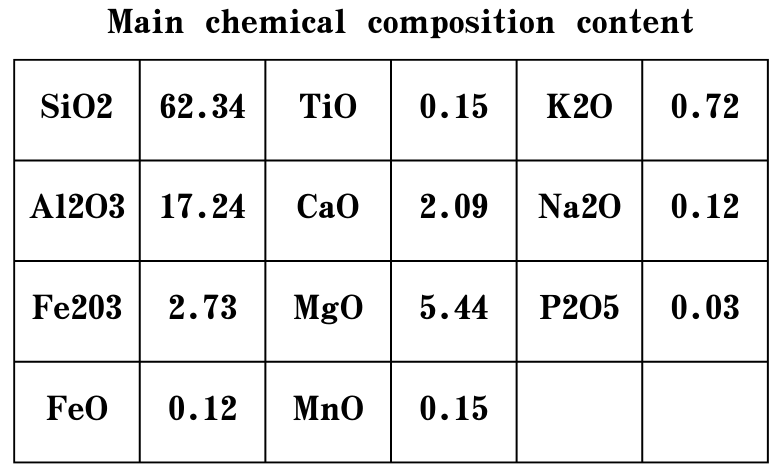
Exploring the World of Pearl Mica Manufacturing and Its Applications in Various Industries
The Resilience and Innovation of Pearl Mica Factories
The world of manufacturing is vast and varied, with countless industries contributing to the global economy. Among these, pearl mica factories hold a unique niche, producing a mineral that is both beautiful and functional. Mica, a group of silicate minerals, is prized for its reflective and insulating properties. Although used in various industries, pearl mica, in particular, is sought after for its aesthetic qualities, often used in cosmetics, paints, and decorative finishes.
The Importance of Mica
Mica is known for its layered structure, allowing it to be split into thin sheets. This characteristic gives mica applications in electrical insulation, due to its resistance to heat and electricity. However, what makes pearl mica special is its lustrous sheen. The pearlescent quality is appreciated not only in industrial applications but also in the art of beauty. The cosmetic industry has embraced pearl mica for its ability to enhance products with shimmer and shine, making it a crucial ingredient in high-quality makeup.
The Manufacturing Process
The production of pearl mica involves several stages, starting from the extraction of raw mica from the earth. Mica is typically mined from pegmatite deposits, where it occurs in large, crystalline forms. Once extracted, the mica undergoes processing to remove impurities and to obtain the desired size and quality.
In pearl mica factories, the mica flakes are treated with various substances to enhance their pearlescent properties. This may include coating the mica with titanium dioxide or other minerals, which improves its reflective quality and makes it more suitable for use in cosmetics and high-end paints. The factories are equipped with advanced technology and machinery to ensure precision and consistency in their products. Modern milling techniques enable manufacturers to produce even finer mica particles, allowing for a wider range of applications and a superior finish.
Sustainability Challenges
Despite the dazzling appeal of pearl mica, the industry faces significant challenges, particularly regarding sustainability and ethical sourcing. The mining of mica has been linked to illegal practices and poor labor conditions in several countries, particularly in India, which is one of the largest producers of mica. Child labor and unsafe working conditions have drawn international scrutiny, leading to calls for better regulations and ethical sourcing practices in the industry.
pearl mica factories

Many pearl mica factories are now adopting sustainable practices to mitigate these issues. This includes collaborating with NGOs to ensure that mica is sourced responsibly and that miners work in safe conditions. Companies are increasingly opting for traceable supply chains, implementing measures to certify that their mica is ethically sourced, and investing in local communities that support legal mining operations.
Innovation in Pearl Mica
In response to market demands and ethical concerns, pearl mica factories are not just focusing on sustainability; they are also driving innovation in product development. New formulations that blend mica with other natural and synthetic materials are creating exciting opportunities. For instance, the combination of mica with biodegradable agents is leading to eco-friendly cosmetic products that retain the shimmer while being kind to the environment.
Moreover, advancements in technology are enabling factories to customize mica products further. Clients can request specific colors, sizes, and finishes, allowing for greater creativity in product design. This flexibility not only attracts cosmetic brands looking to differentiate themselves but also expands the application of pearl mica into novel sectors, such as automotive finishes and construction materials.
The Future of Pearl Mica Factories
As consumer awareness grows regarding ethical sourcing and sustainability, pearl mica factories that adapt to these demands are positioned to thrive. The balance between maintaining high quality and adhering to ethical practices will undoubtedly shape the future landscape of the mica industry.
Indeed, pearl mica factories are more than just producers of a shimmering mineral; they symbolize resilience in the face of challenges and innovation in a rapidly evolving market. With ongoing efforts to improve sustainability and enhance product offerings, these factories are set to remain integral to various industries, bringing both beauty and functionality to the forefront of consumer demand.
In summary, pearl mica factories exemplify a blend of tradition and modernity, reflecting the intricate relationship between natural resources and industrial creativity. They continue to navigate the complexities of ethical sourcing while driving innovation that delights consumers and respects the planet.
Share
-
Premium Glass Sand Solutions | High Purity SupplyNewsAug.03,2025
-
Premium Talcum Powder Enhanced with GPT-4 Turbo | Soft & Long-LastingNewsAug.02,2025
-
Fly Ash Solutions Enhanced by GPT-4 Turbo | Sustainable InnovationNewsAug.01,2025
-
Natural Premium Bentonite Cat Litter - Superior ClumpingNewsJul.31,2025
-
Premium Resin Coated Sand - High Heat Resistance CastingNewsJul.31,2025
-
High Quality Silicon Carbide Grit for Abrasive ApplicationsNewsJul.30,2025






